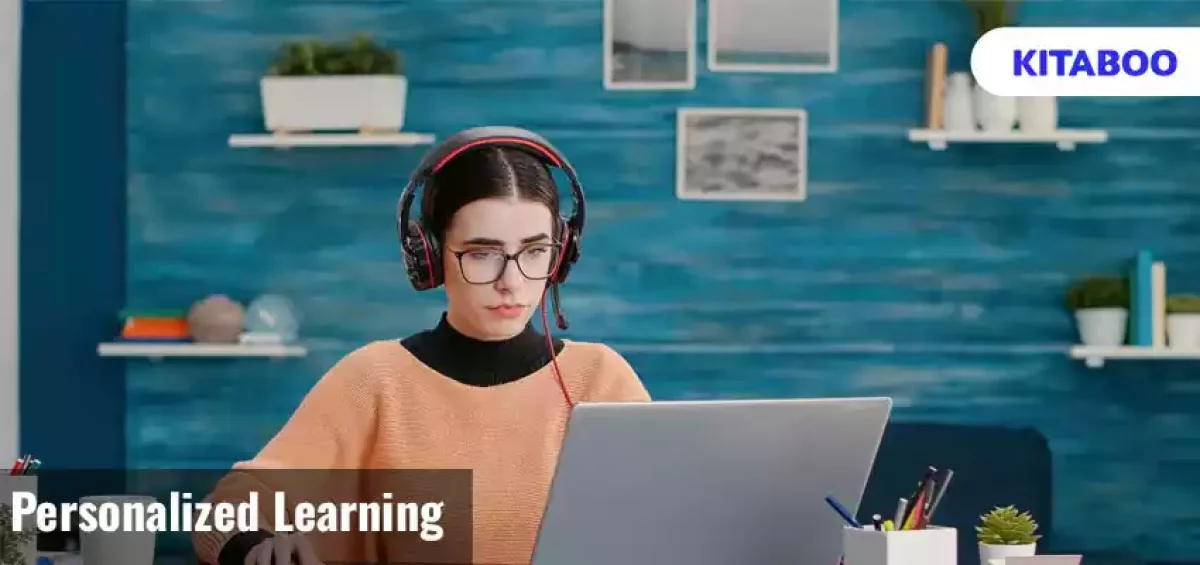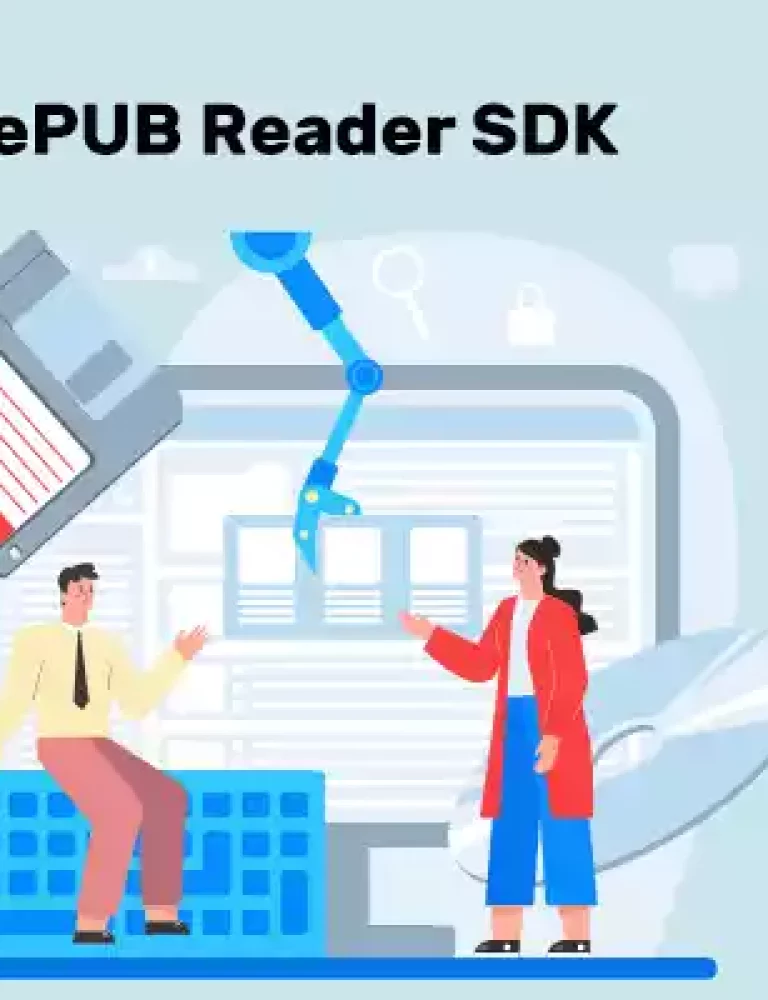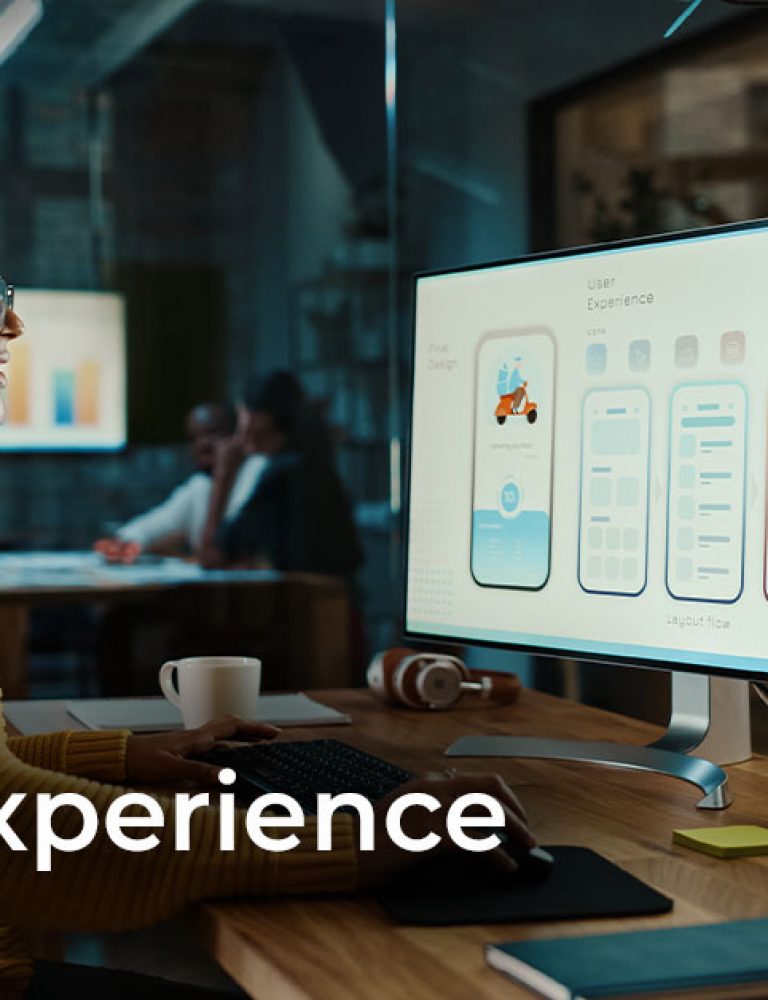In this constantly changing digital world, businesses, and educational institutions have learned to embrace eLearning services as a potent tool for content development.
The foundation of a successful learning journey depends on the delivery of engaging content. This led to the growing need for accessible and adaptable content which can change the learner’s experience.
Personalized learning content has allowed learners to grasp concepts in a better manner and enabled companies to track results through rigorous quality control. Education providers can now leverage data to enhance teaching and content strategies. This is where a digital textbook platform like KITABOO comes into play.
Equipped with cutting-edge data analysis capabilities, KITABOO can help you create tailored and personalized learning content based on the target audience and learning preferences. Let’s understand more about the benefits and need for personalized content.
Table of Contents
I. What is Personalized Learning Content?
II. What are the Benefits of Personalized Content in eBooks?
III. How to Tailor and Personalize Content for eBooks?
- Understand Learner Needs and Segment the Audience
- Craft Engaging Content
- Customize The Content Format
- State Learning Objectives and Collaborate With Learners
- Ensure Quality Control and Ask for Feedback
IV. The Takeaway
What is Personalized Learning Content?
With the advancement of technology, new avenues in the education sector have opened up. Personalized learning is one such approach that tailors education to one’s unique needs.
This revolutionizing system helps to unlock the full potential of the student by focusing on various learning styles and levels of prior knowledge. It allows students to take ownership of their own education and learn at a specific pace that suits their daily schedule.
Unlike traditional education systems, personalized learning content provides flexibility in the learning process. Students can take additional time to grasp a difficult concept and move on with the ones they are already familiar with. This is how each individual can focus on their weak points without having to rush with the curriculum.
What are the Benefits of Personalized Content in eBooks?
The benefits of personalized learning content can be measured through the collaborative efforts of educators, policymakers, adaptive learning environments, and access to technology.
Some of the benefits of personalized learning content are discussed below:
- Personalized learning can create higher levels of motivation and increased engagement. Students have more control over their learning journey and a better understanding of their strengths, passions, and interests.
- Personalized learning content reduces knowledge gaps and allows students to learn at their own pace. Based on prior levels of knowledge, the content can be tailored to individual needs, making it easier for students to grasp the concept.
- Various skills like critical thinking, adaptability, and self-direction are vital for students. All of these are nurtured by personalized learning, making sure that every student can approach a challenge with an open mind.
Once you familiarize yourselves with the goals of personalized learning content, the next step is to build eBooks that are interactive.
How to Tailor and Personalize Content for eBooks?
The combination of personalized content and consistent strategies can help to build trust and establish a better understanding of individual needs. There are a few points to keep in mind while planning for such interactive eBook content. Continue reading to find out more.
1. Understand Learner Needs and Segment the Audience
It is important to understand your audience first to offer a dynamic range of content. Education providers should invest time in analyzing and researching the audience’s preferences, behaviors, and demographics.
By taking a deeper look into the interests of the students, pain points, and future goals, you can create content that is more aligned with their needs.
Once you have an understanding of your target audience, segment them into separate groups based on shared preferences. This will help with tailoring the content in a better manner and deliver more engaging experiences.
2. Craft Engaging Content
With a segmented audience, it is easier to craft comparing content that will grab their attention and highlight the benefits that they might be expecting.
Incorporate various personalized features like adaptive learning platforms that utilize algorithms and analyze student performance before providing them with targeted resources. Instead of relying completely on standardized tests, choose quizzes, portfolios, and real-world applications to understand the strengths of each student.
3. State Learning Objectives and Collaborate With Learners
One of the crucial steps of eLearning content development is to establish clear learning objectives. This will help to start with the creation process and build course content that will provide desired results. Well-defined objects also serve as an important factor for quality control.
Collaborative efforts help to bring in diverse perspectives of individuals and create well-defined content materials. This multidimensional approach requires the participation of multiple specialists and test groups.
4. Customize The Content Format
With the introduction of artificial intelligence, data analytics, and virtual reality, education providers can enhance their personalized learning content, making it more adaptive and immersive for each learner.
Incorporate interactive elements to increase retention rates and simulations for discussions. Such interactive components will enhance the overall learning experience and provide better opportunities for learning for everyone.
5. Ensure Quality Control and Ask for Feedback
Before releasing the eBooks to learners, a comprehensive review of the content is essential. With the help of subject matter experts and quality assurance teams, scrutinize the content.
This step is important to make sure the content meets every standard and provides valuable insights. Conducting a user test with a group of learners is also a great way to ensure quality control.
For consistent improvements, implement data analytics in collaboration with eLearning or digital textbook platforms like KITABOO, which makes use of cutting-edge technology to assess the effectiveness of the content.
The Takeaway
Personalized learning content acts as the thriving change that education providers need to address learning gaps. It helps to make effective learning content available to specific audience groups, elevating the learning process in every way possible.
In this digital age, where institutions and brands are the thought leaders, trying to build the right content strategies, personalized learning content in the form of eBooks, PDFs, and more will help to create a better narrative for learners.
If you’re looking for some professional help on how to create personalized eBook content, KITABOO would be a great choice. Cloud-based digital platforms like KITABOO can help with creating, publishing, distributing and marketing solutions to a wide range of audiences.
Connect with us to start a conversation!
Discover How An Ebook Conversion, Publishing & Distribution Platform Can Help You
Kitaboo is a cloud-based content platform to create-publish & securely distribute interactive mobile-ready ebooks.
You May Also Like
-
Create eBooks Like a Pro in 2024: Insider Tips & Tools
Blog,Digital Publishing,eBook solution / February 20, 2024









